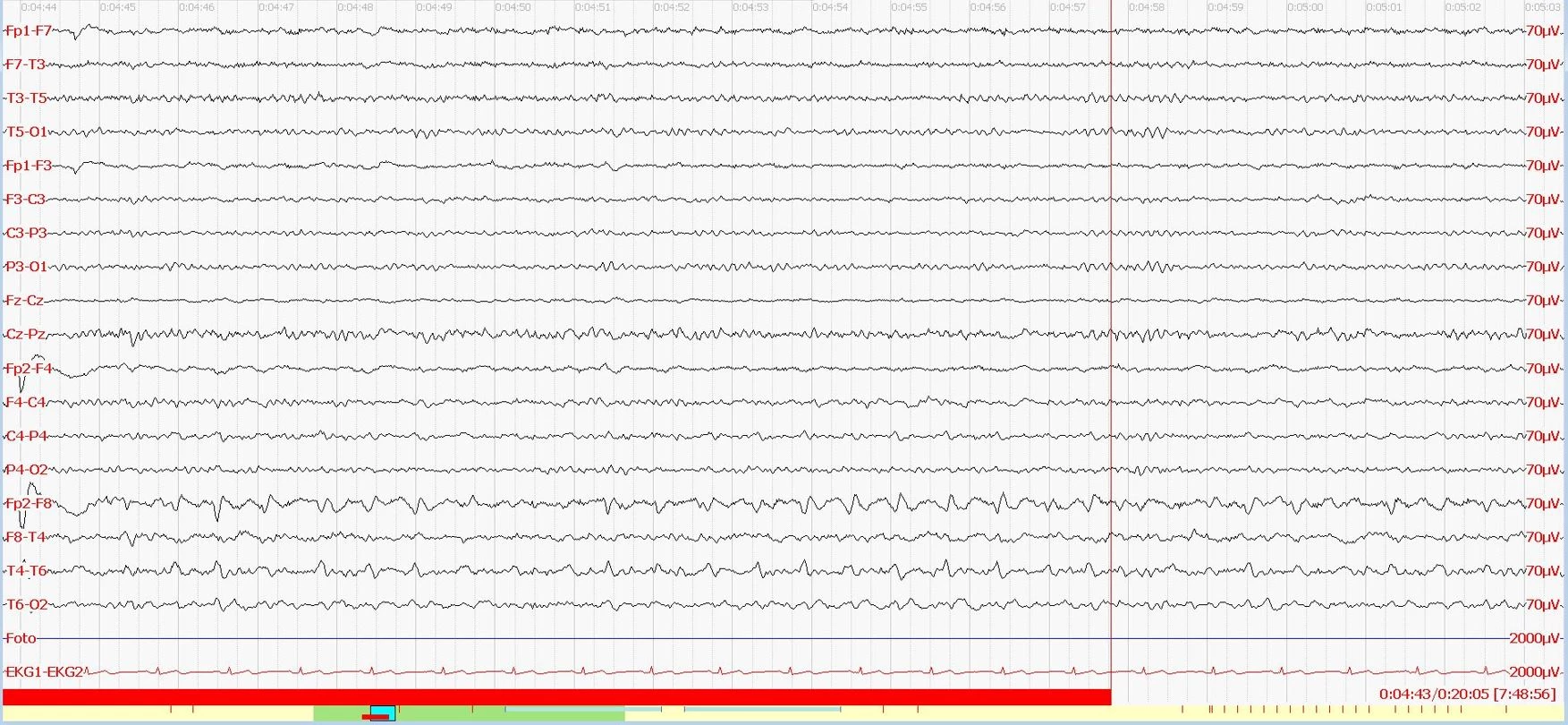Cenobamate in the Therapy of Pharmacoresistant Epilepsy in a Warfarinized Patient – A Case Study
A case study from Czech practice presents a patient with pharmacoresistant epilepsy and concurrent warfarin medication for heart valve replacement, where the INR value remained within the cardiologist’s recommended range without further adjustments to anticoagulant therapy during combined antiepileptic therapy with cenobamate (CNB) under the recommended dose titration.
Characteristics of Cenobamate
For patients with epilepsy refractory to pharmacotherapy, further management is challenging. Resection epilepsy surgery yields good results but is not always indicated, and many patients refuse it. Cenobamate, with its dual mechanism of action, offers new hope in this situation – it acts on the presynaptic membrane by inactivating voltage-gated Na+ channels and inhibiting the persistent component of the sodium current, and also on the postsynaptic membrane, where it functions as a positive allosteric modulator of the GABAA receptor by binding to a site distinct from benzodiazepines.4
In the clinical program, an unprecedented proportion of patients achieved seizure-free status with cenobamate treatment for uncontrolled focal seizures2, 3. There have been increasing clinical experiences for several months with cenobamate administration in real-world practice for patients who, apart from antiepileptic treatment, concurrently use medications for other comorbidities. Let’s take a closer look at one such case.
Case Description
A 39-year-old man with a congenital heart defect (bicuspid aortic valve) was first examined for a generalized epileptic seizure in 2009. It was likely a focal seizure transitioning into a bilateral tonic-clonic seizure (FBTCS). The patient’s psychomotor development was normal, his mother is being treated for multiple sclerosis, and his sister is healthy.
Subsequent brain MRI showed an arachnoid cyst temporally on the right (4 × 2 × 4 cm) and hypoplasia of the right temporal lobe. EEG examination revealed frequent sharp wave discharges frontotemporally on the right, occasionally SWC (sharp wave complex – slow wave) to PSWC (polyspike wave complex) (see image). Long-term video EEG monitoring captured seizures originating from the pole of the right slightly dominant T lobe, with early suprasylvian spreading. The patient was diagnosed with focal structural epilepsy. Seizures were focal without impaired awareness, sometimes transitioning into focal aware seizures and occasionally into FBTCS. Surgical treatment was not indicated.
Image. Interictal discharges on EEG recording

Between 2010 and 2016, the patient was stabilized on carbamazepine (CBZ) monotherapy. In January 2016, due to worsening congenital heart defect, a mechanical aortic valve replacement and permanent anticoagulant therapy with warfarin were indicated. While on CBZ, INR values could not be adjusted, so antiepileptic therapy was switched to levetiracetam (LEV), during which INR was within target range. Due to seizure occurrence from July 2016, the LEV dose was increased, and zonisamide (ZNS) was added. The patient was then seizure-free, and INR values remained within the recommended range. Seizures reappeared in March 2022. EEG and MRI findings were stationary. Perampanel (PER) was added to the therapy, but had to be discontinued due to skin toxicity. In October 2022, seizures persisted despite combination therapy of ZNS 400 mg + brivaracetam (BRV) 300 mg and subsequent triple combination of ZNS 400 mg + BRV 200 mg + pregabalin (PGB) 225 mg.
Since early February 2023, cenobamate (CNB) was added to the medication regimen with dose titration according to the recommended scheme – starting dose of 12.5 mg and achieving a maintenance dose of 200 mg daily by April 2023. By July 2023, the patient had been completely seizure-free for 3 months, while gradually reducing the BRV dose and monitoring INR (every 14 days per cardiologist’s recommendation), with values staying in the range of 2.5–3.5.
Conclusion
Focal seizures transitioning into bilateral tonic-clonic seizures are often associated with high risk of injury and patient stigmatization. In the presented case of a patient with pharmacoresistant focal structural epilepsy and permanent anticoagulant medication, the INR value remained within the therapeutic range of 2.5–3.5 after adding cenobamate to the combined antiepileptic treatment, without the need for further adjustment of warfarin dosing.
(lexi)
Sources:
1. Sauerová M. Patient with Pharmacoresistant Epilepsy and Anticoagulant Therapy – Case Study. 2023.
2. Specchio N., Pietrafusa N., Vigevano F. Is cenobamate the breakthrough we have been wishing for? Int J Mol Sci 2021; 22 (17): 9339, doi: 10.3390/ijms22179339.
3. Krauss G. L., Klein P., Brandt C. et al. Safety and efficacy of adjunctive cenobamate (YKP3089) in patients with uncontrolled focal seizures: a multicentre, double-blind, randomised, placebo-controlled, dose-response trial. Lancet Neurol 2020; 19 (1): 38–48, doi: 10.1016/S1474-4422(19)30399-0.
4. SPC Ontozry. Available at: www.ema.europa.eu/en/documents/product-information/ontozry-epar-product-information_cs.pdf
Did you like this article? Would you like to comment on it? Write to us. We are interested in your opinion. We will not publish it, but we will gladly answer you.

